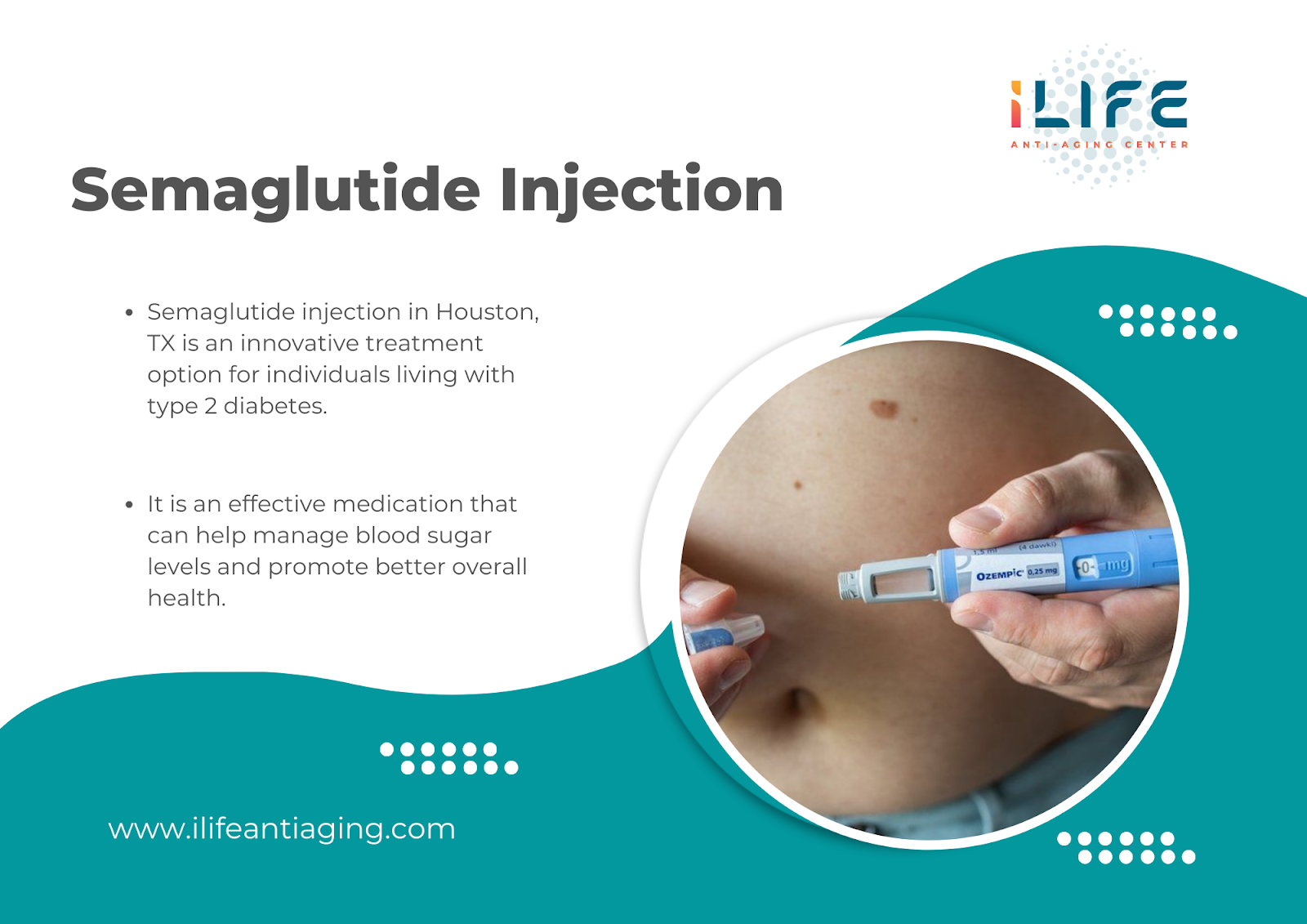Why Dental Implants are a Game-Changer for Your Oral Health in Dallas and Duncanville, TX
Dental Implants in Dallas, & Duncanville, TX

Dental implants in Dallas, & Duncanville, Tx: were invented in 1952 by a Swedish orthopedic surgeon called Per-Ingvar Brånemark.
As an adult, if you have a missing tooth due to one reason or another, you can replace the missing tooth using artificial tooth. They are surgical prosthetic implants or fixtures placed into the jawbone and allowed to fuse with the jawbone.
Artificial teeth are today considered the standard of care for prosthetic replacement of missing teeth. Dental implants are artificial teeth that adults can use to replace their missing teeth. They mimic the natural teeth and don’t affect the nearby natural teeth. They have great stability when they fuse with the jawbone.
Types of Dental Implants in Dallas, & Duncanville, TX
There are different types of dental implants. These include:
A. Endosteal Implants
Endosteal implants are implants placed in the jawbone and allowed to fuse with the jawbone. They’re the most common types of artificial teeth used today.
B. Subperiosteal Implants
Subperiosteal implants are implants that are placed on top of the jawbone under the gum tissue. The subperiosteal implant is used if the patient doesn’t have enough jawbone for an endosteal implant. Subperiosteal implants have poor long-term results and are seldom in use today.
C. Zygomatic Implants
In zygomatic implants, the implants are placed in the patient’s cheekbone instead of the jawbone. It’s a complicated procedure and should only be done if the patient doesn’t have enough jawbones for the endosteal implant.
D. Mini Implants
Mini implants are implants the size of a toothpick. They are extremely narrow and are primarily used to stabilize a lower denture.
Process of Dental Implant in Dallas, & Duncanville, TX
Dental implant follows a specific process. To get your artificial teeth done safely and effectively, all the steps need to be followed.

A. Initial consultation and evaluation
Initial consultation with your dental surgeon and evaluation of your dentition and medical history are the first steps to take during the implant process. During a consultation with your dentist, the procedure will be clearly explained to you. Your dentition will be examined and your medical history reviewed to ascertain if you’re a good candidate for the procedure.
The dental surgeon will visually examine the site where the artificial teeth will be placed. Dental imaging studies such as X-rays, panoramic films, and/or CT scans may be conducted. The quality and quantity of your jawbone are also assessed.
Once your dental surgeon has established that an artificial tooth can be placed in your jawbone, you will need to return another day for the surgical procedure. Any specific instructions that you need to follow before the procedure will be given to you by your dental surgeon.
B. Dental implant surgery
During the implantation surgery, a local anesthetic will be administered to numb the surgical area. Sedatives may also be given to help you relax and feel comfortable throughout the procedure.
The site of artificial teeth may still have an existing damaged tooth present. If this is your case, the existing damaged tooth will be extracted to prepare for the placement of a dental implant. After the damaged tooth has been extracted, the site will be allowed to heal for about two to six months.
If there is no tooth present and bone loss is present, it will require a different bone graft. The bone graft will be placed on top of the existing jawbone. It will take about six or more months for the site to heal before the implant is done.
When there is no tooth present and there is enough bone present, the implant placement is done on the same day of your appointment.
During the procedure, the artificial tooth is placed into the jawbone with a special drill and tools. After the artificial teeth is placed, a “healing cap” is placed over the implant, and the gum is stitched up.
You will be monitored for some minutes and allowed to go home. Medications may be prescribed to reduce pain and help you heal faster.



Comments
Post a Comment